Spongy Moth
Spongy moth, Lymantria dispar, formerly known as gypsy moth, is a native pest of Europe and was accidentally introduced to Massachusetts in 1869. Since then, its population has spread throughout the Northeast and into parts of the upper Midwest. The caterpillar is the damaging stage of this insect, feasting on the foliage of more than 300 species of trees and shrubs, with a strong preference for oaks. Repeated defoliation can weaken trees leaving them vulnerable to attack by diseases and other insects. That, in turn, can lead to tree mortality. Older and less vigorous trees may be killed by a single defoliation. During outbreaks, caterpillars can cause noticeable defoliation in woodland areas.
Besides being a pest of trees, spongy moth can also be a “people” problem. Mass quantities of caterpillars, along with their excrement of digested leaf material raining down from the above tree canopy can impact enjoying outdoor activities. The hairs of the caterpillar can also cause allergic reactions in sensitive individuals.
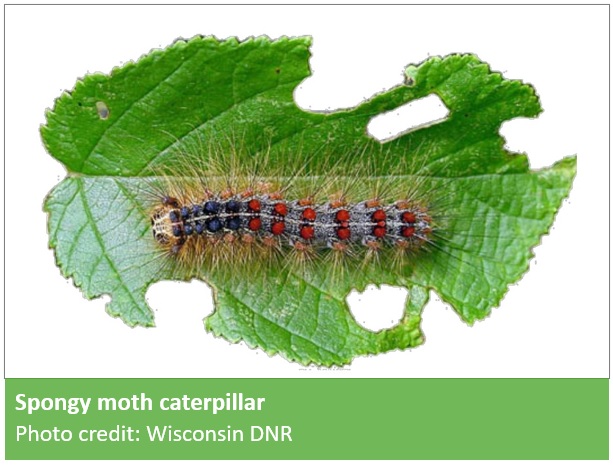
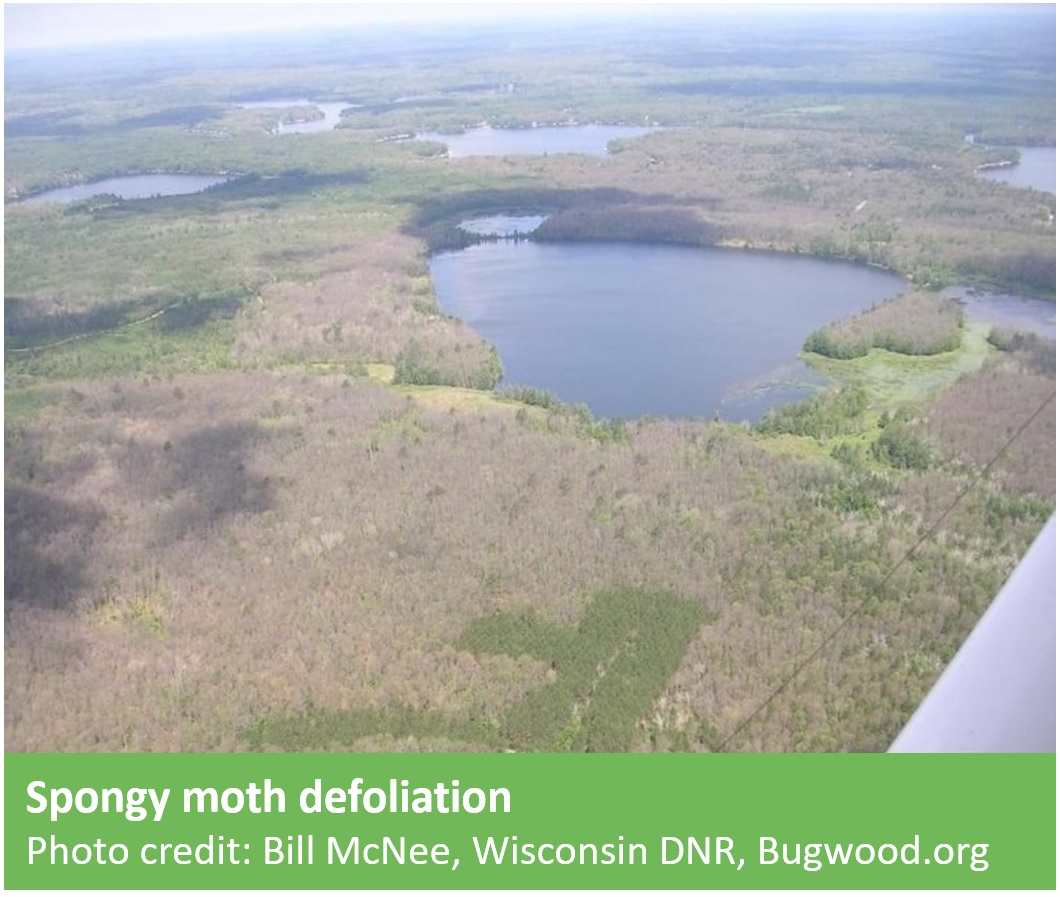
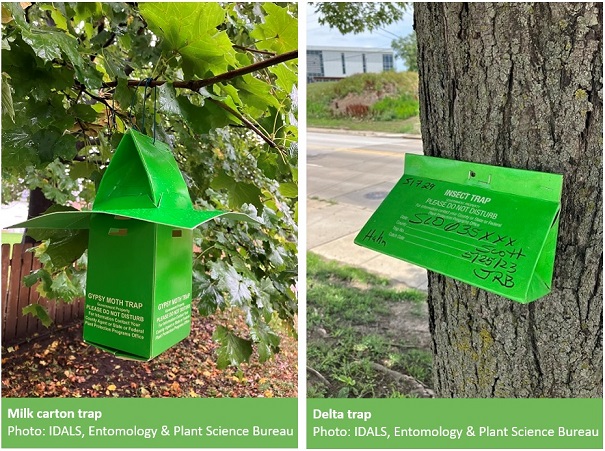
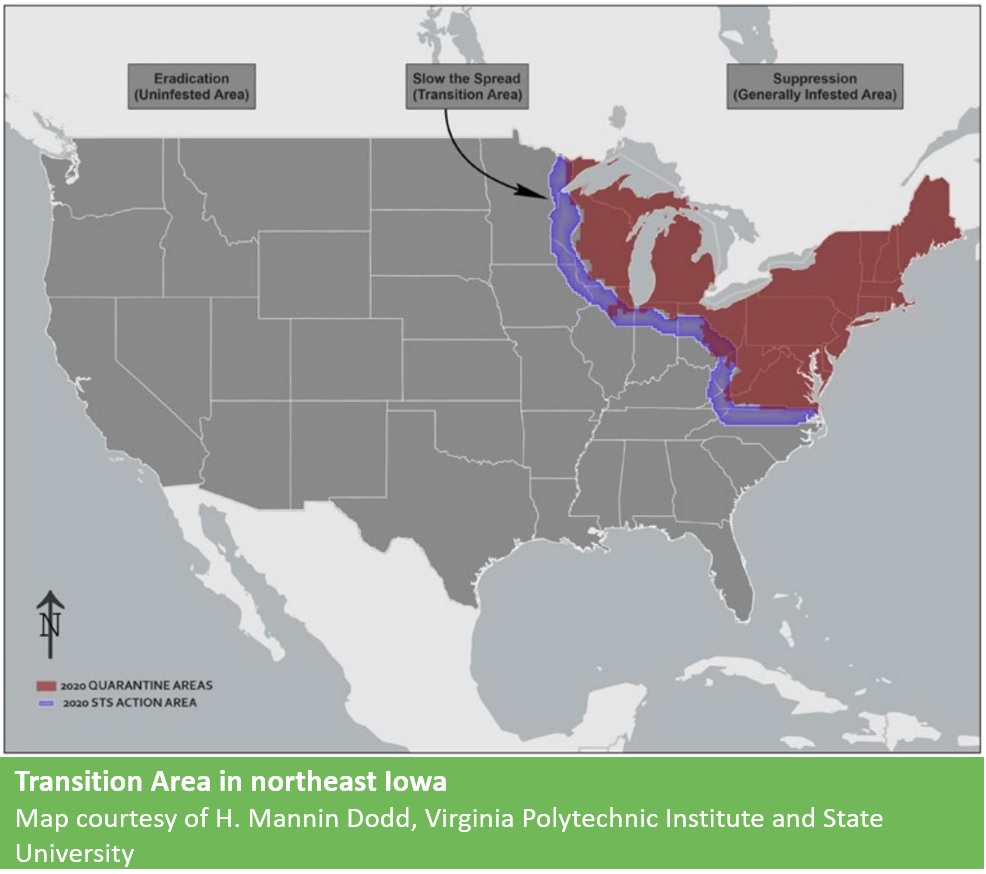
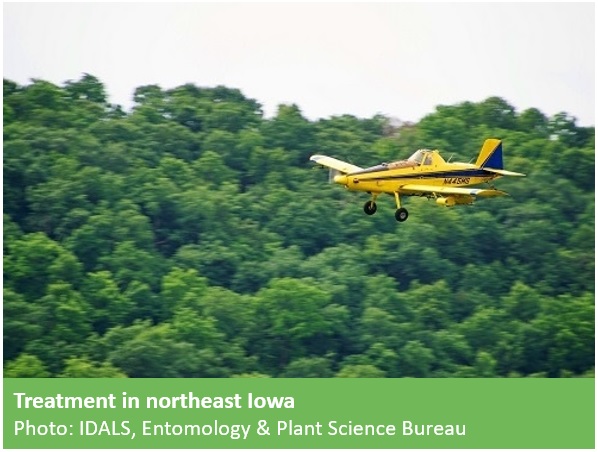
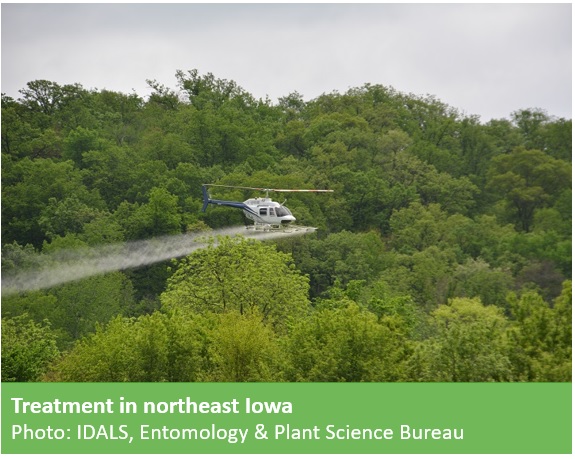
.jpg)
.jpg)
.jpg)
.jpg)
.jpg)